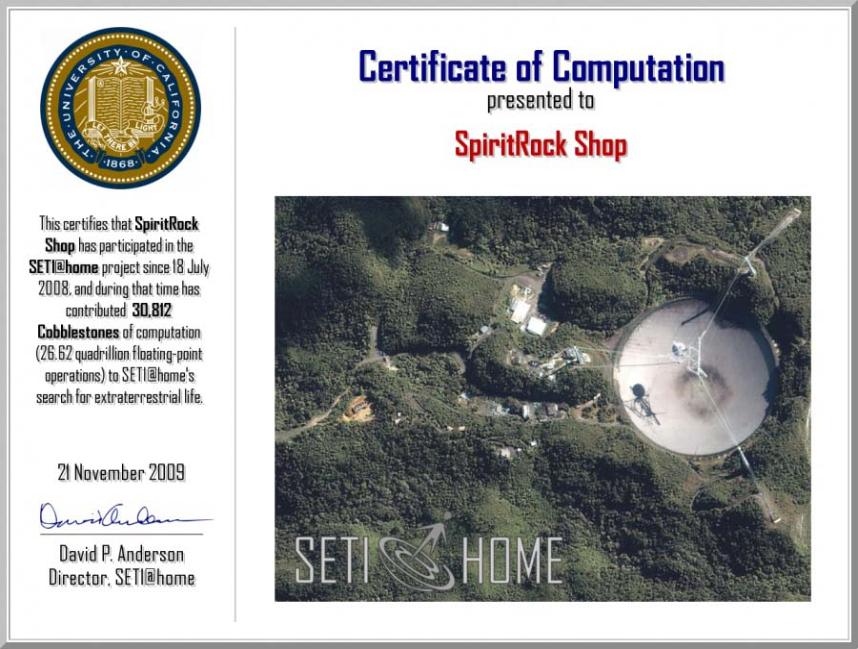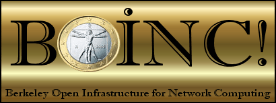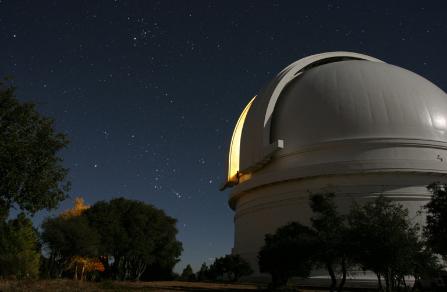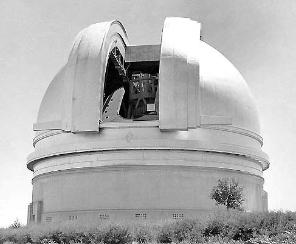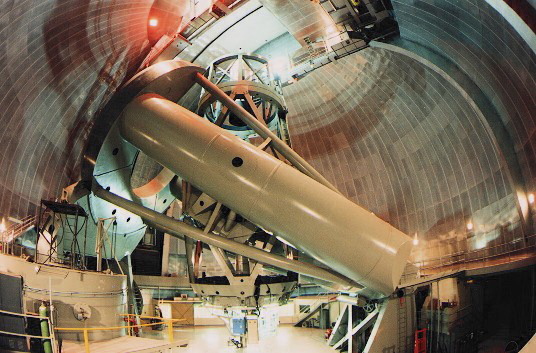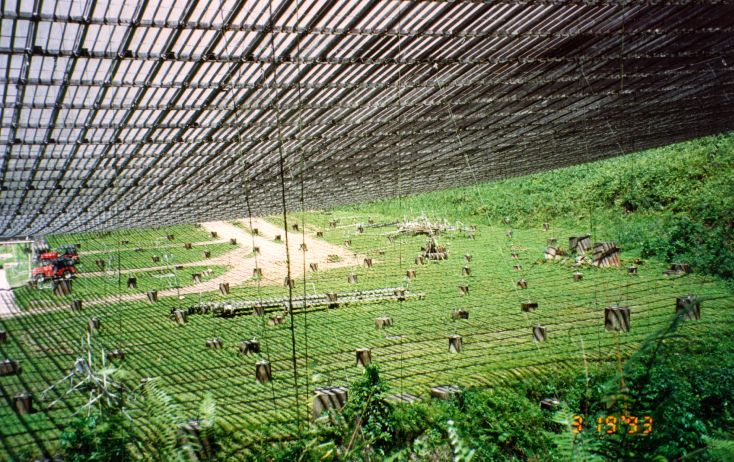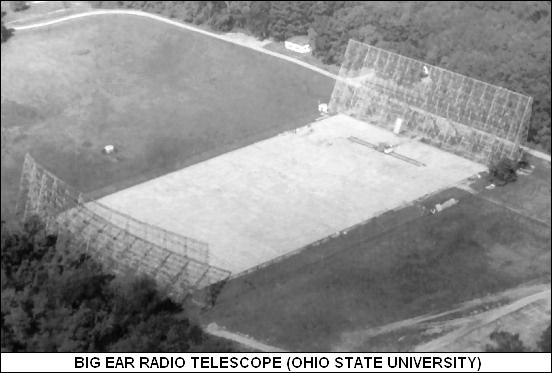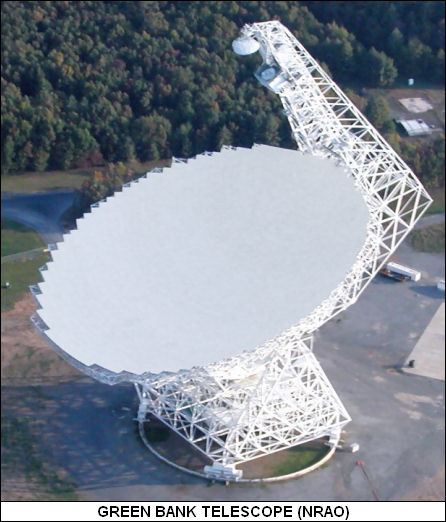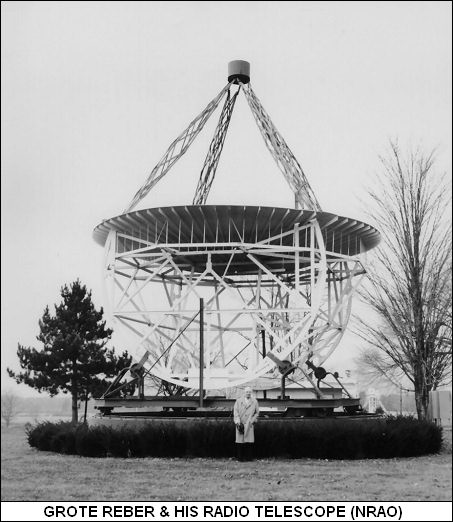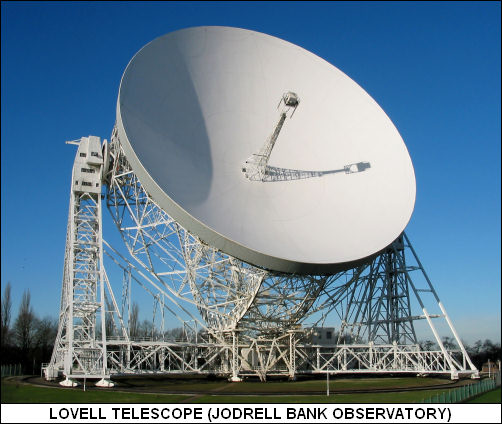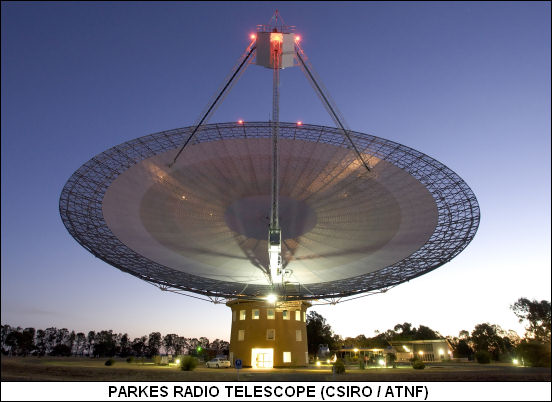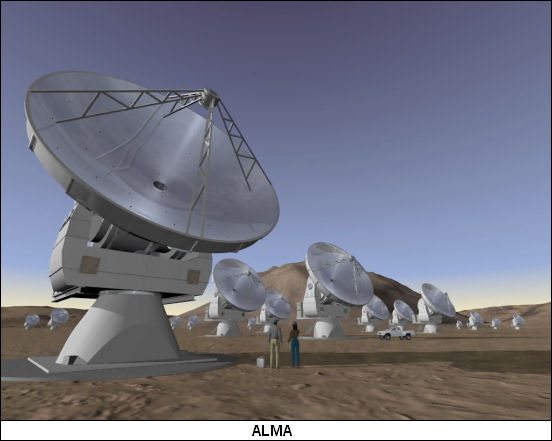
SETI...Hello fellow Sci-Fi lovers!
SETI (Search for extra terrestrial intelligence)...I don't think any sci-fi movie made had a more recognizable observation station than the famous Palomar Observatory. Palomar Observatory is home to a 200 inch Hale Telescope which is shown in many of the 1950's and early 1960's sci-fi movies that deals with aliens or monsters from outer space.
...As it turns out there are a myriad of telescopes all over the world watching the skies and you can be a part of real history by participating in the SETI at Home program. Movies like "Contact" with Jodie Foster as Dr. Eleanor Arroway portrayed as the "High Priestess of the Desert" while at the VLA in Socorro N.M. may have been scripted, but the Telescope Array exists in real life, the same as the Arecibo telescope where Dr. Arroway began her extraterrestrial studies in Puerto Rico.
SETI Program (Search for Extra Terrestrial Intelligence)
Visiting another civilization on a distant world would be fascinating, but at present such a trip is beyond our capabilities. However, it is perfectly within our capabilities to develop a communications system using a powerful transmitter and a sensitive receiver, and using it to search the sky for alien worlds whose citizens have a similar inclination. SETI is still no trivial task. Our Galaxy is 100,000 light-years across, and contains a hundred thousand million stars. Searching the entire sky for some faraway and faint signal is an exhausting exercise.
About 10% of the stars in our Galaxy are Sun-like, and there are about a thousand such stars within 100 light-years of our Sun. These stars would be useful primary targets for interstellar listening. However, we only know of one planet where life exists, our own. There is no way to know if any of the simplifying assumptions are correct, and so as a second priority the entire sky must be searched. Searching the entire sky is difficult enough. To find a radio transmission from an alien civilization, we also have to search through most of the useful radio spectrum, since there is no way to know what frequencies aliens might be using. Trying to transmit a powerful signal over a wide range of wavelengths is impractical, and so it is likely that such a signal would be transmitted on a relatively narrow band. This means that a wide range of frequencies must be searched at every spatial coordinate of the sky.
There is also the problem of knowing what to listen for, since we have no idea how a signal sent by aliens might be modulated, and how the data transmitted by it encoded. Narrow-bandwidth signals that are stronger than background noise and constant in intensity are obviously interesting, and if they have a regular and complex pulse pattern are likely to be artificial. However, while studies have been performed on how to send a signal that could be easily decoded, there is no way to know if the assumptions of those studies are valid, and deciphering the information from an alien signal could be very difficult.
There is yet another problem in listening for interstellar radio signals. Cosmic and receiver noise sources impose a threshold to power of signals that we can detect. For us to detect an alien civilization 100 light-years away that is broadcasting "omnidirectionally" -- in all directions -- the aliens would have to be using a transmitter power equivalent to several thousand times the entire current power-generating capacity of the entire Earth. It is much more effective in terms of communication to generate a narrow-beam signal whose "effective radiated power" is very high along the path of the beam, but negligible everywhere else. This makes the transmitter power perfectly reasonable, but the problem then becomes one of having the good luck to be in the path of the beam.
Such a beam might be very hard to detect, not only because it is very narrow but because it could be blocked by interstellar dust clouds or garbled by "multipath effects" -- the same phenomenon that causes "ghosted" analog TV images. Such ghosts occur when TV transmissions are bounced off a mountain or other large object, while also arriving at our TV antenna by a shorter, direct route, with the TV picking up two signals separated by a delay. Similarly, interstellar narrowbeam communications could be bent or "refracted" by cosmic gas clouds to produce multipath effects that could obscure the signal. If interstellar signals are being transmitted on narrow beams, there is nothing we can do at this end to deal with this problem other than to be alert.
In 1960, Cornell University astronomer Frank Drake performed the first modern SETI experiment, named Project "Ozma", after the Queen of Oz in Frank L. Baum's fantasy books. Drake used a 25-meter-diameter radio telescope at Green Bank, West Virginia, to examine the stars Tau Ceti and Epsilon Eridani near the 1.420 gigahertz marker frequency. A 400 kilohertz band was scanned around the marker frequency, using a single-channel receiver with a bandwidth of 100 hertz. The information was stored on tape for off-line analysis. Nothing of great interest was found.
The first SETI conference took place at Green Bank in 1961. The Soviets took a strong interest in SETI during the 1960s, and beginning in 1964 performed a number of searches with omnidirectional antennas in hopes of picking up powerful radio signals. In 1966, American astronomer and pop-science figure Dr. Carl Sagan and Soviet astronomer Iosif S. Shkolovskii published in collaboration a landmark book in the field, INTELLIGENT LIFE IN THE UNIVERSE.
In 1971, the US National Aeronautics & Space Administration (NASA) funded a SETI study that involved Drake, Bernard Oliver of Hewlett-Packard Corporation, and others. The report that resulted proposed the construction of an Earth-based radio telescope array with 1,500 dishes, known as Project "Cyclops". The price tag for the Cyclops array was $10 billion USD, and unsurprisingly Cyclops was not built. However, in 1973 a SETI observation program was begun at Ohio State University using the "Big Ear" radio telescope, an ingenious home-grown instrument that consisted of two fencelike arrays arranged on the ends of a metal-covered flat court. The transmitter part of the array was parabolic, staring across the court to a flat rectangular reflector array that could hinge up and down.
The Big Ear could be aimed in altitude but not in azimuth, but it was intended as a survey instrument and that wasn't a major limitation. It was originally used to map wideband radio sources through the sky, but due to funding cutbacks that mission had to be abandoned; the SETI search, inspired by the debate about the Cyclops array, could be performed much more cheaply. During its SETI search, the Big Ear picked up a startling narrowband signal on 15 August 1977, known as the "WOW!" signal for the note one of the staff scribbled on the computer printout. The signal was not repeated and there are strong suspicions it was from some local source, possibly a military satellite. Searches continued into 1985; the Big Ear was dismantled in 1998.
In 1974, an attempt was made to send a message to other worlds. A 1,679 bit message was transmitted from the 305-meter Arecibo radio observatory dug into the ground in Puerto Rico toward the globular star cluster M13, about 25,000 light-years away. The pattern of 1s and 0s defined a 23 by 73 pixel "bitmap" image that included numbers, stick figures, chemical formulas, and a crude image of the Arecibo radio telescope itself. The 23 by 73 grid was chosen because as prime numbers, they are the only integer values that can be multiplied together to get 1,679, and hopefully alien listeners would be able to factor the number of pixels and recognize that they represented a grid. Given the distance to M13 and the cryptic appearance of the bitmap, the experiment amounted mostly to a publicity stunt.
In 1979, Sagan, Bruce Murray, and Louis Friedman founded the US Planetary Society, partly as a vehicle for SETI studies. That same year, the University of California at Berkeley launched a SETI project named "Search for Extraterrestial Radio from Nearby Developed Populations (SERENDIP)", run by astronomer Daniel Werthimer. SERENDIP's search, as its named implied, was opportunistic, using auxiliary receivers on radio telescopes which were performing observations having nothing to do with SETI. As long as they were searching the sky, however, Werthimer figured they might as well check to see if there was an ET civilization there as well.
In the early 1980s, Harvard University physicist Paul Horowitz took the next step and proposed the design of a spectrum analyzer specifically intended to search for SETI transmissions. Traditional desktop spectrum analyzers were of little usefulness for this job, since they sampled frequencies using banks of analog filters and so were restricted in the number of channels they could acquire. However, modern integrated-circuit digital signal processing (DSP) technology could be used to build "autocorrelation" receivers to check far more channels.
This work led in 1981 to a portable spectrum analyzer named "Suitcase SETI" that had a capacity of 131,000 narrowband channels. After field tests that lasted into 1982, Suitcase SETI was put into use in 1983 with the 25-meter Harvard/Smithsonian radio telescope at Harvard, Massachusetts. This project was named "Sentinel", and continued into 1985.
Even 131,000 channels weren't enough to search the sky in detail at any fast rate, and so Suitcase SETI was followed in 1985 by Project "META (Megachannel Extra-Terrestial Array)". The META spectrum analyzer had a capacity of 8 million channels and a channel resolution of 0.5 hertz. The project was led by Horowitz with the help of the Planetary Society, and was partly funded by moviemaker Steven Spielberg. A second such effort, META II, was begun in Argentina in 1990 to search the southern sky. META II is still in operation, after an equipment upgrade in 1996.
The next year, in 1986, UC Berkeley initiated their second opportunistic SETI effort, SERENDIP II, and has continued with two more SERENDIP efforts to the present day. The current effort, SERENDIP IV, began in 1997, using the Arecibo dish. A "Southern SERENDIP" effort was begun in 1998 in Australia using the 64-meter radio telescope at Parkes, plus systems derived from the other SERENDIP efforts.
In 1992, the US government finally funded an operational SETI program, in the form of the NASA "Microwave Observing Program (MOP)". MOP was planned as a long-term effort, performing a "Targeted Search" of 800 specific nearby stars, along with a general "Sky Survey" to scan the sky. MOP was to be performed by radio dishes associated with the NASA Deep Space Network, as well as a 43-meter dish at Green Bank and the big Arecibo dish. The signals were to be analyzed by spectrum analyzers, each with a capacity of 15 million channels. These spectrum analyzers could be ganged to obtain greater capacity. Those used in the Targeted Search had a bandwidth of 1 hertz per channel, while those used in the Sky Survey had a bandwidth of 30 hertz per channel.
MOP drew the attention of the US Congress, where the program was strongly ridiculed, and was cancelled a year after its start. SETI advocates did not give up, and in 1995 the nonprofit "SETI Institute" of Mountain View, California, resurrected the work under the name of Project "Phoenix", backed by private sources of funding. Project Phoenix, under the direction of Dr. Jill Tarter, who had worked on MOP when she was at NASA, was a continuation of the Targeted Search program, studying 710 Sunlike stars within 150 light-years of the Earth. Phoenix used the 64-meter Parkes radio telescope in Australia, the 43-meter telescope at Green Banks, and the Arecibo dish, searching 70 million channels across a bandwidth of 1,800 MHz. The search was said to be capable of picking up any transmitter about as powerful as an airport radar within 200 light-years. Phoenix was completed in March 2004, with negative results.
The Planetary Society followed up the META project with a more ambitious effort, named "BETA (Billion-Channel Extraterrestial Array)". This was a dedicated DSP box with 200 processors and 3 gigabytes of RAM. BETA was about a trillion times more powerful than the signal processing equipment used in Project Ozma. BETA actually only scanned 250 million channels, with a range of 0.5 hertz per channel, searching through the microwave range from 1.400 to 1.720 gigahertz in eight hops, with two seconds of observation in each hop. BETA was turned on in 1995, originally using a radio telescope at Oak Ridge, Tennessee; the project abruptly ended in 1999 when the radio telescope being used for the search was wrecked in a windstorm.
The SETI Institute is now collaborating with the Radio Astronomy Laboratory at UC Berkeley to develop a specialized radio telescope array for SETI studies, something like a mini-Cyclops array. The new array concept was originally named the "One Hectare Telescope (1HT)", because it is to cover 100 meters on a side, but it is now known as the "Allen Telescope Array (ATA)", named after donor Paul Allen, a co-founder of Microsoft. The first ten dishes were set up in 2002, leading to initial operational capability with 42 dishes in late 2007. Ultimately, the array will consist of 350 dishes.
Final cost is expected be a modest $26 million USD. The SETI Institute is providing money for building the ATA, while UC Berkeley is building the telescope and will provide operational funding. Berkeley astronomers will use the ATA to pursue other deep space radio observations. The ATA is intended to support a large number of simultaneous observations through a technique known as "multibeaming", in which DSP technology is used to sort out signals from the multiple dishes. The DSP system planned for the ATA is extremely ambitious. It is being seen as a prototype of sorts for an even more ambitious system, the "Square Kilometer Array (SKA)", which of course will be a kilometer on a side and will be a powerful tool for radio astronomy and SETI studies.
Private citizens are also involved in SETI. A private SETI organization, the "SETI League", was established in 1994, and in 1996 the group began their own coordinated search program, "Project Argus". It can be thought of as something like an amateur radio organization with a focus on interstellar communications. The stations are based on old-style TV dish receiver antennas running about 3 to 5 meters in diameter; receiver sensitivity is about the same as that of the Big Ear telescope. The ultimate goal is to have 5,000 stations all over the world; at last count, there were over 100.
The SETI Institute got private citizens involved with SETI through a program called "SETI@home" began in May 1999 and ran through 2001. SETI@home allowed hobbyists to get involved with SETI research by simply downloading screen saver software over the Internet. The software performed signal analysis on a downloaded 350 kilobyte "work unit" of SERENDIP IV SETI radio survey data, and then reports the results back over the Internet. Millions of computer users in hundreds of countries signed up for SETI@home and provided hundreds of thousands of hours of computer processing time. The project was widely praised in the computer press as an interesting exercise in home-grown "distributed computing". A follow-on project was initiated after the first effort, and now SETI@home is an ongoing thing.
The development of the telescope in the 17th century was one of the first great revolutions in astronomy, opening up the details of the sky in the visible-light range. However, by the beginning of the 20th century astronomers knew that there were other parts of the electromagnetic spectrum that were invisible, and which could reveal new aspects of the sky. Development of electronic systems during World War II opened the door to the first region of the invisible sky to be observed, in the radio wavelength band, leading to the introduction of the first radio telescopes in the postwar period. This is a breif history of radio telescope technology.
"National Radio Astronomy Observatory / Associated Universities, Inc. / National Science Foundation"
"National Radio Astronomy Observatory / Associated Universities, Inc. / National Science Foundation"
"National Radio Astronomy Observatory / Associated Universities, Inc. / National Science Foundation"
"National Radio Astronomy Observatory / Associated Universities, Inc. / National Science Foundation"
"National Radio Astronomy Observatory / Associated Universities, Inc. / National Science Foundation"
Many Thanks to Greg Goebel’s “In the Public Domain” for his research and public domain sharing of this information.

Powered by...
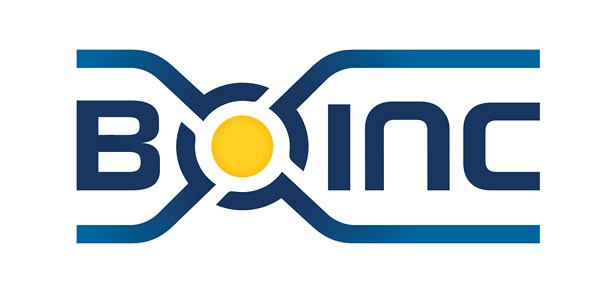
Don't Just read it... MAKE it!
This program SETI@Home is sponsored by and administered by the University of California, Berkeley
Berkeley Open Infrastructure for Network Computing... (BOINC)
to join go to http://setiathome.ssl.berkeley.edu/
download BOINC and select SETI as your program!
click on the link below for more information about SETI worldwide efforts
